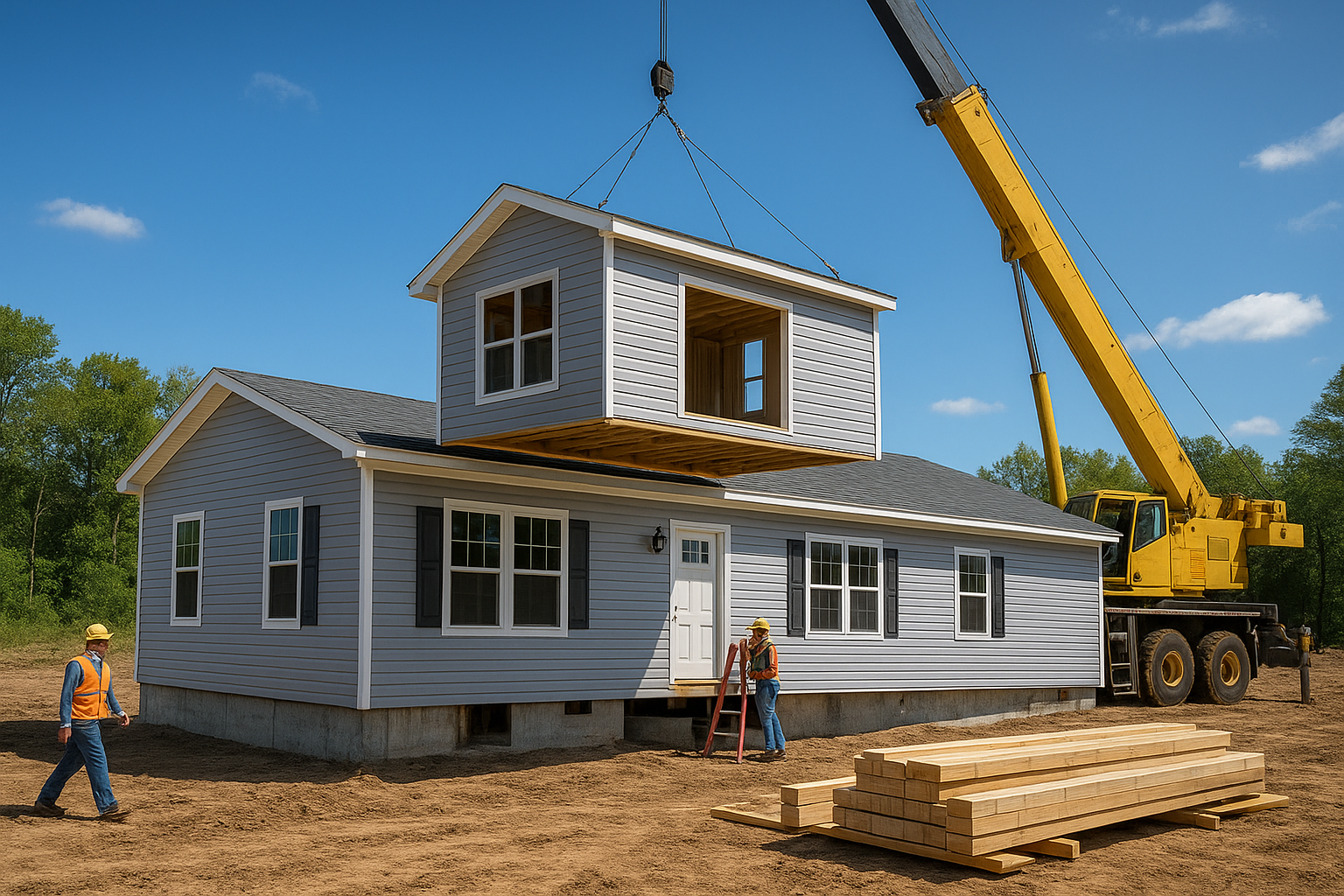Buying and selling houses is “worth it” in 2025?
Buying or selling a house in 2025 can still make sense—but it depends heavily on your personal situation and local market. Here’s a breakdown:
🏠 Buying in 2025: Key Considerations
-
Mortgage rates remain high — averaging between 6% and 7% through the year, with expectations they’ll stay above 6% at best
-
Rates have stabilized (around 6.5–6.8%)—not collapsing—but are unlikely to fall significantly until late 2025 or beyond .
-
-
Home prices continue rising moderately, typically 2–4% annually, but with slower growth than in recent years .
-
National median sale prices hover near $400–414k
-
Some overheated coastal markets are cooling or even slipping
-
-
Inventory is improving, but still below “balanced” levels:
-
Active supply up ~17–20% year-over-year, translating to ~4–4.5 months of supply—better than pandemic lows but shy of the 5–6 months typical for buyer-friendly markets.
-
It’s giving buyers more options, easing bidding wars.
-
-
Affordability remains a challenge — high borrowing costs mean mortgage payments are near record highs, squeezing buyers, especially first-timers.
-
Experts suggest: If you’re financially prepared (good credit, stable income, solid down payment), buying now can build equity long-term, since home prices may continue rising slower but steadily.
💸 Selling in 2025: What It Looks Like
-
Sellers benefit from equity gains, but high rates limit buyer pool and prolong listing times.
-
Many prefer holding onto low-rate mortgages rather than move.
-
-
Delistings are rising — sellers are increasingly pulling homes due to lack of offers or hoping for better timing.
-
Markets are shifting — some metros (Midwest, South, Northeast) may favor sellers thanks to affordability and job-driven demand; others are slowing.
-
Pros for sellers include pricing strategically, staging homes, and marketing vigorously since extra inventory makes good listings stand out.
📍 Summary Table
| Factor | Buyers | Sellers |
|---|---|---|
| Rates | High (6–7%) → higher payments | Buyers limited → slower demand |
| Prices | Steady 2–4% rise | Equity strong → modest gains |
| Inventory | Improving but still limited options | More competitors → price right matters |
| Market | Less competition, fewer bidding wars | Need sharp pricing, timing |
| 1st‑time buyers | Squeezed by affordability | Sellers benefit from reduced buyer pool |
🧭 Should You Buy or Sell?
-
Buy if:
-
You’re financially strong, can handle 6‑7% rates, and anticipate staying in the home for 5–7 years.
-
You’re okay with slower appreciation, but want homeownership benefits and predictable monthly payments.
-
-
Consider waiting if:
-
Rates are crippling your budget.
-
You’re looking in a city where prices are trending down.
-
-
Sell if:
-
You have equity, want to capitalize before market more balanced.
-
You can price competitively and aren’t rushed to relocate.
-
⏳ Forward Look
-
Most experts see some rate relief later in 2025, possibly down to ~6.4–6.5%, which could trigger more activity late in the year and in 2026
-
Housing will likely remain steady but not explosive in 2026—a good year for “smart plays” .
✅ Bottom Line
Yes—you can “win” buying or selling in 2025, but there’s no one-size-fits-all answer. It really boils down to your personal financial readiness, timeline, and local trends. With high rates and moderate price gains, it’s a market that favors prepared, calculated moves over frenzy.







